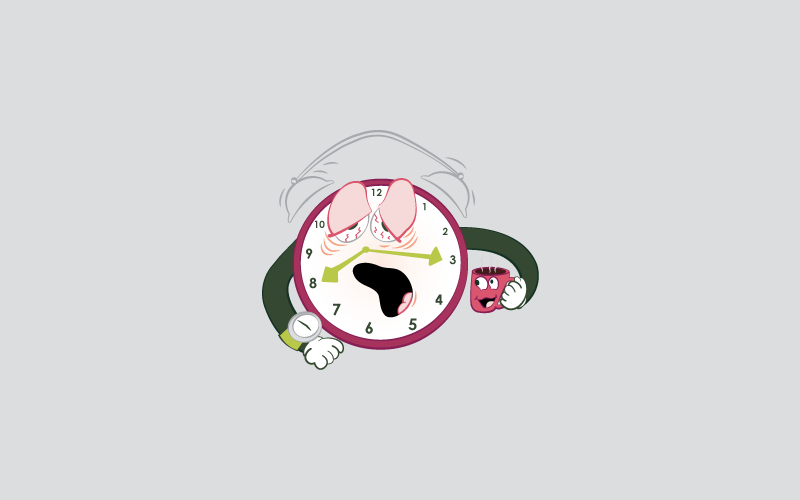Spring ahead: How to wake up on the right side of the bed
Daylight saving time is usually a sign that spring is around the corner, with more sunshine, budding flowers, green grass and — ahem — less sleep awaiting.
When we spring our clocks forward an hour, the jump is actually a step backward for some who struggle to achieve a good night’s sleep.
The average American loses about 40 minutes of Zzzs each year the night after DST begins.
Improve your sleep
“Immediately following the time shift, people can find it difficult to fall asleep at night and wake up in the morning,” said Dr. Anita Shelgikar, neurologist at the University of Michigan. “This can lead to less hours of sleep overall, and that sleep deprivation can pose safety risks, including a higher likelihood of motor vehicle accidents on days following the time shift.”
Other concerns include cardiovascular disease, a higher risk of a heart attack or stroke, and an increase in hospital admissions for irregular heartbeats.
Who’d have thought that moving the clock 3,600 seconds ahead could cause so many problems? But that switch can disturb our sleeping patterns. When the clock jumps forward, less exposure to sunlight in the morning makes it harder to wake up. On the flip side, more exposure to evening light makes it harder to fall asleep.
Tips for getting a better night’s sleep.
- Baby steps: Make small changes in your sleep and wake times for a few days leading up to DST.
- Stick to a sleep schedule: Set aside no more than eight hours for sleep. Go to bed and get up at the same time every day, including weekends.
- Pay attention to what you eat and drink: Don’t go to bed hungry or stuffed. Avoid heavy or large meals within a couple of hours of bedtime.






